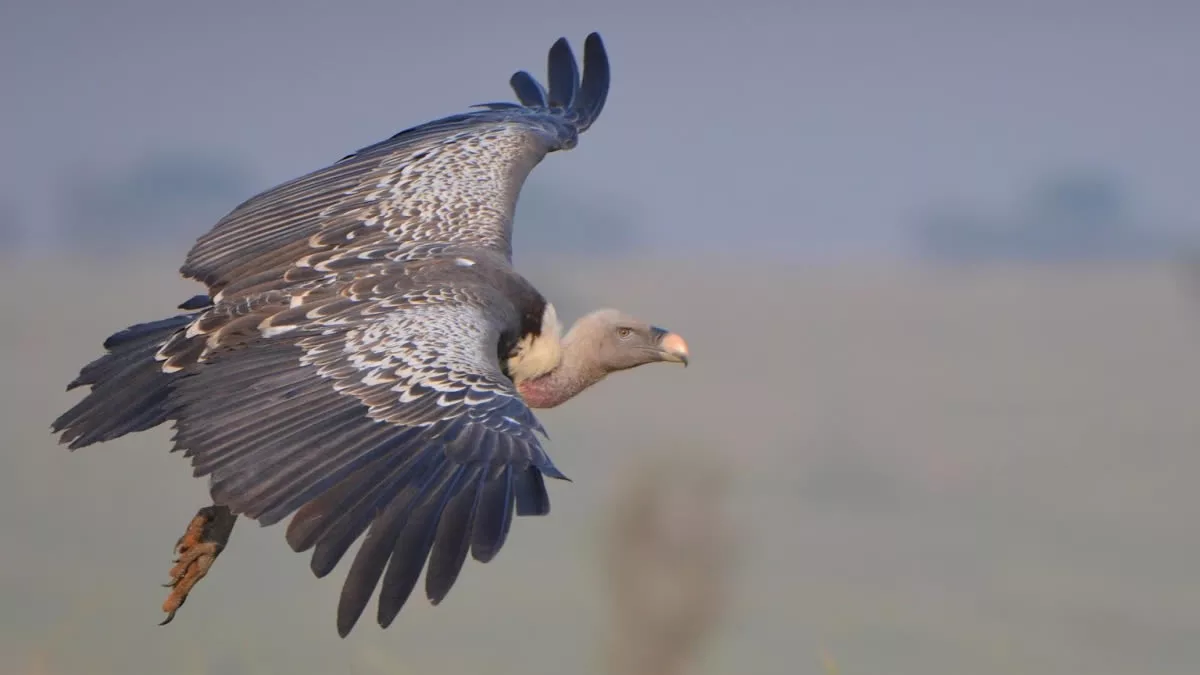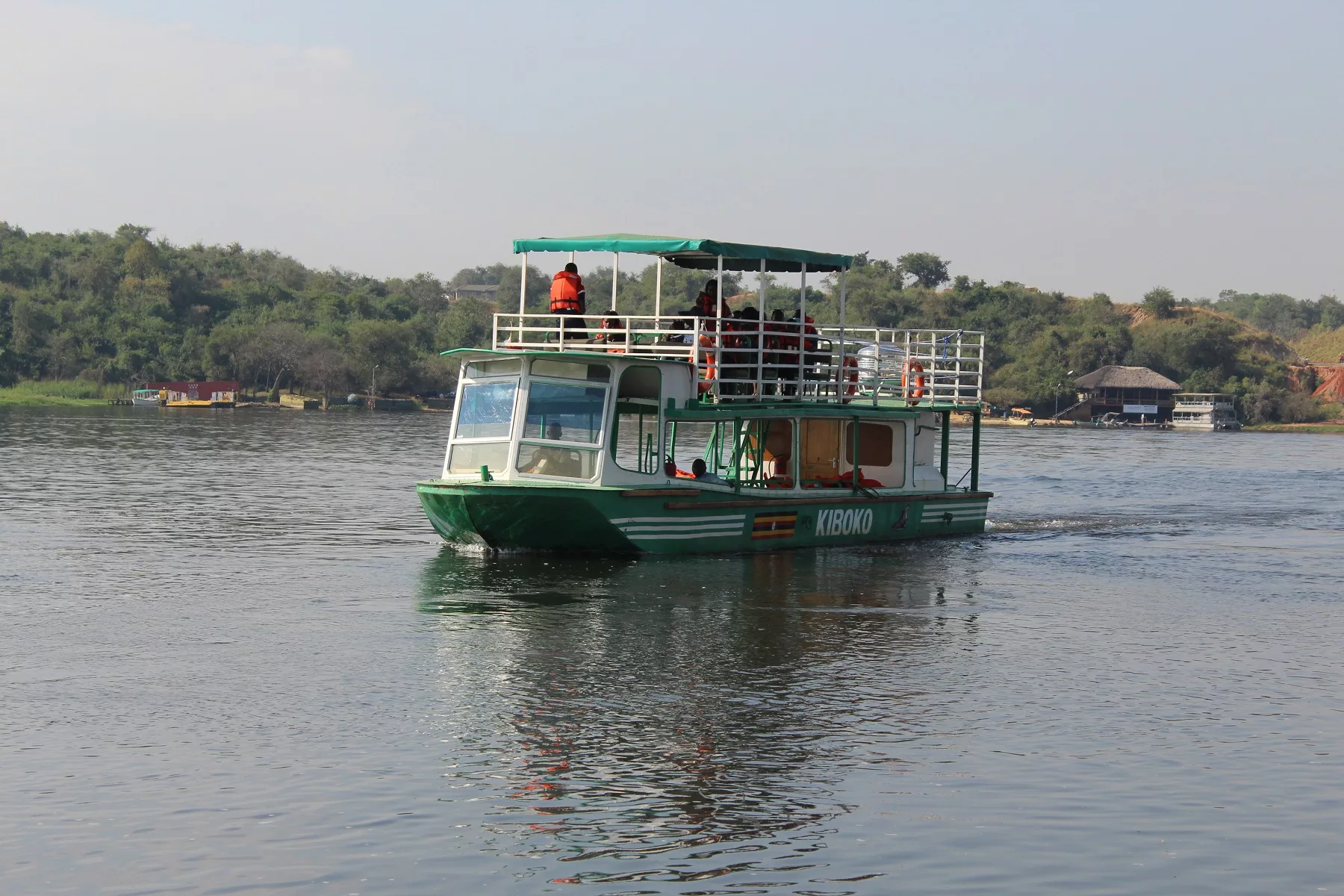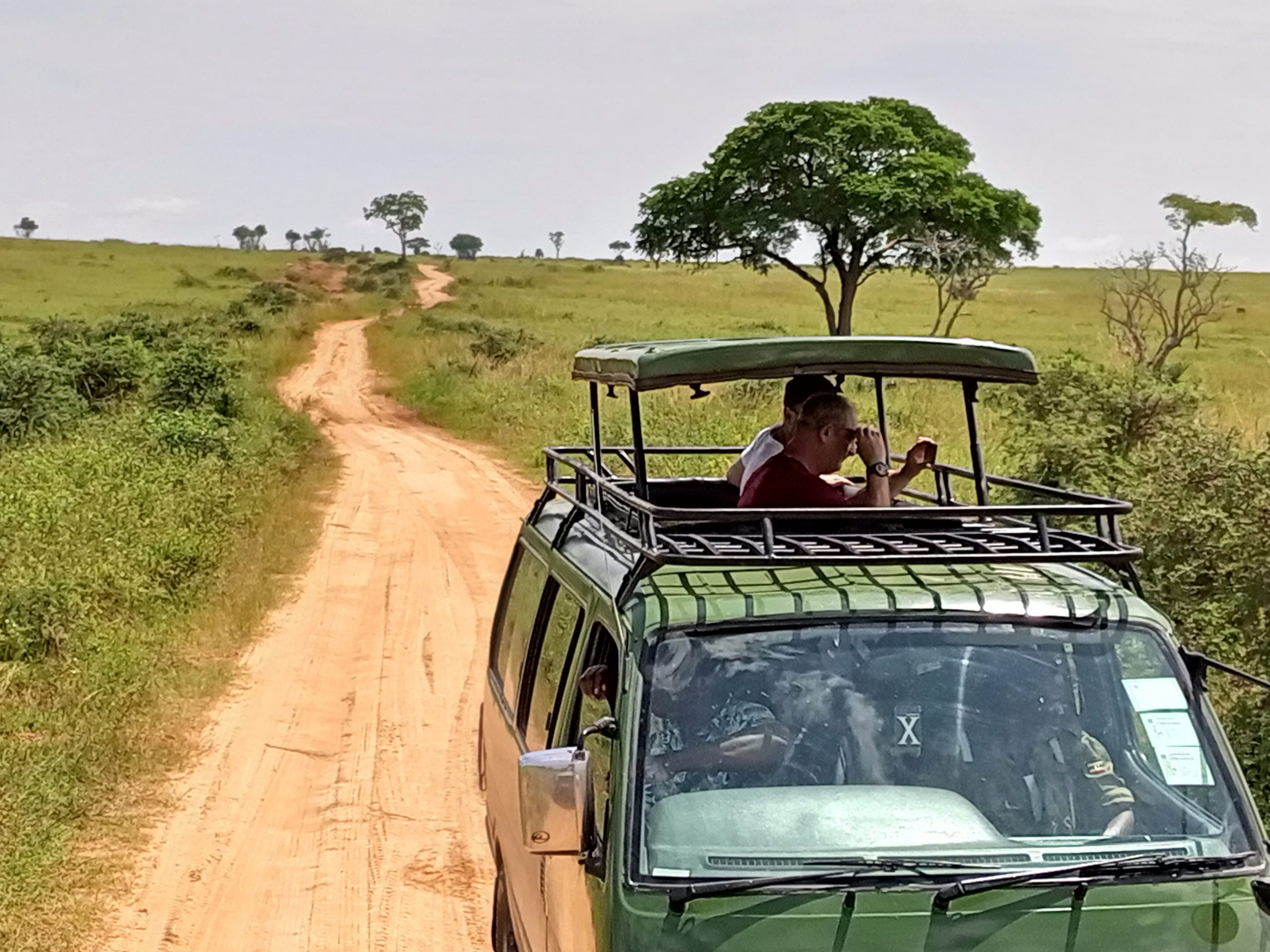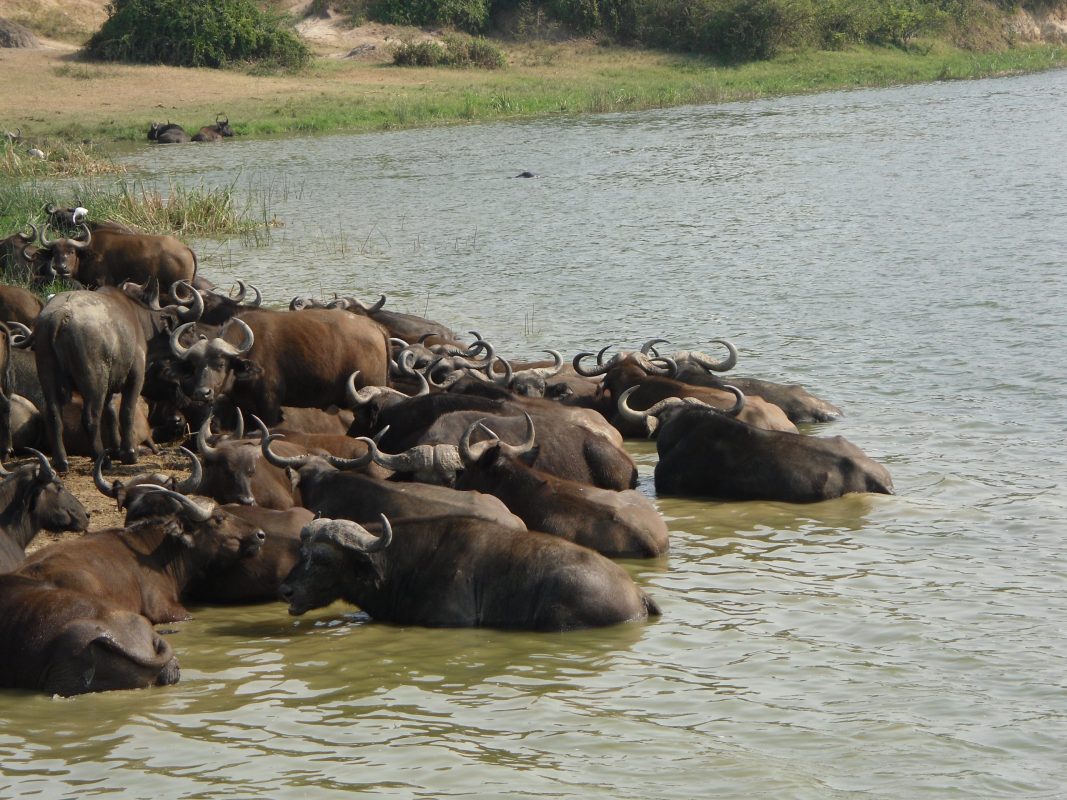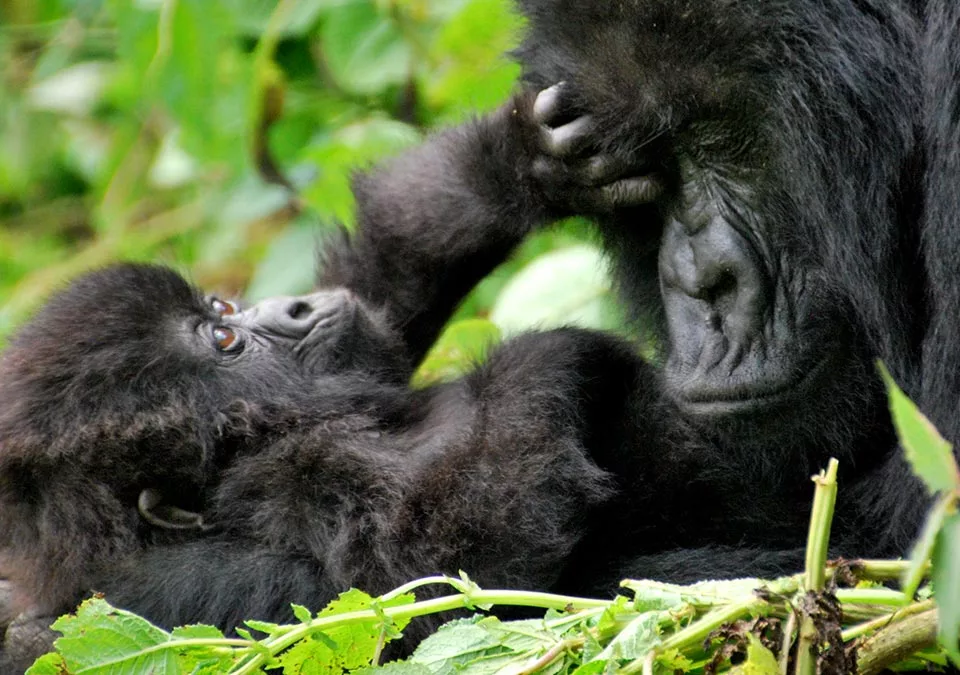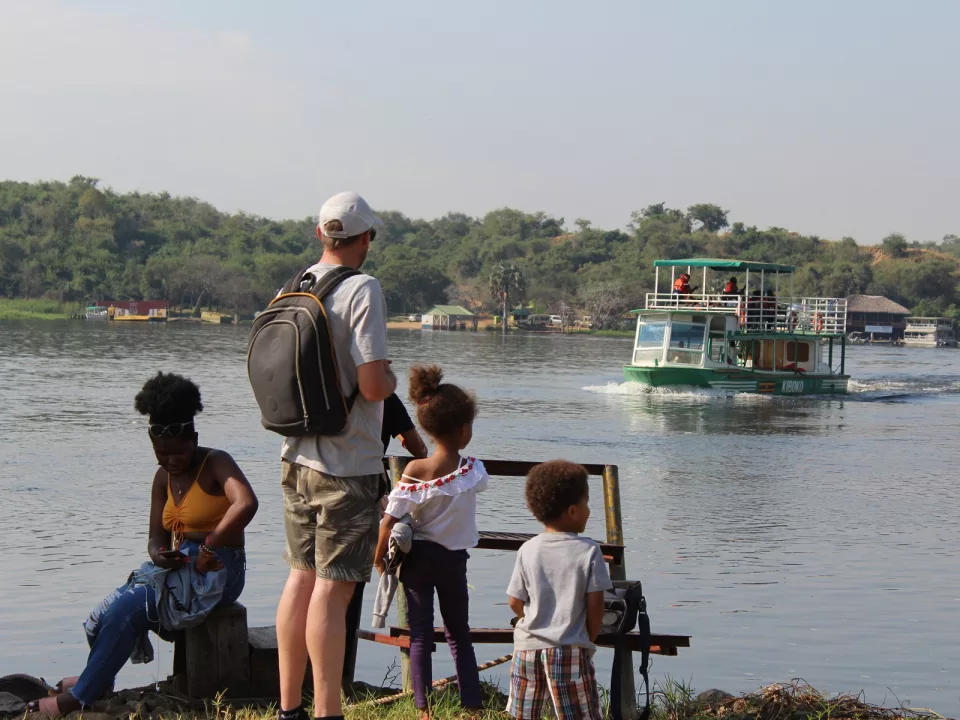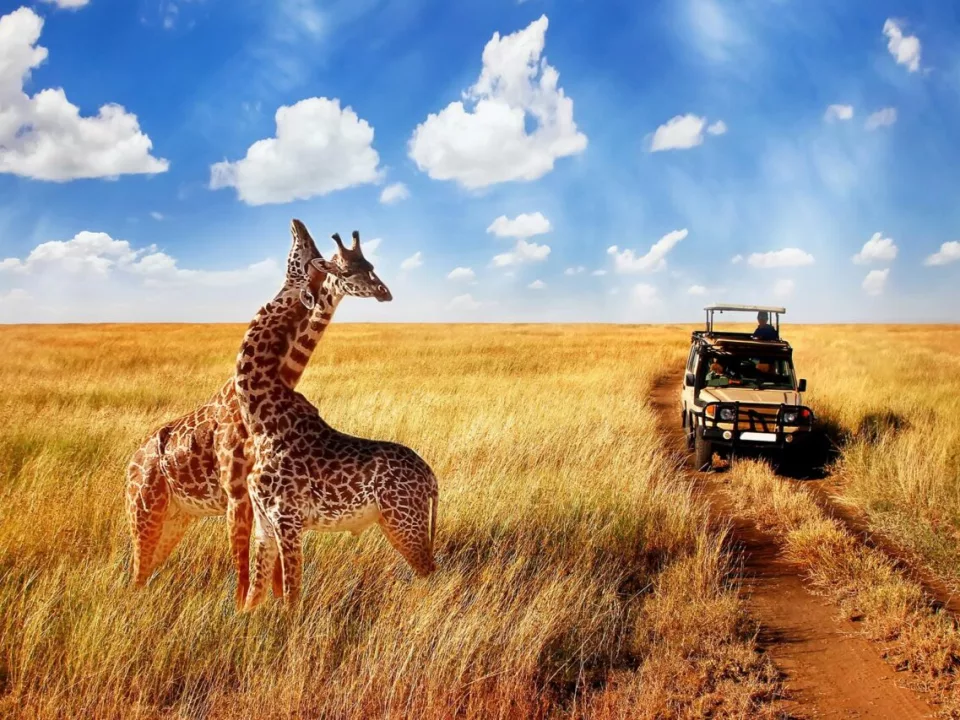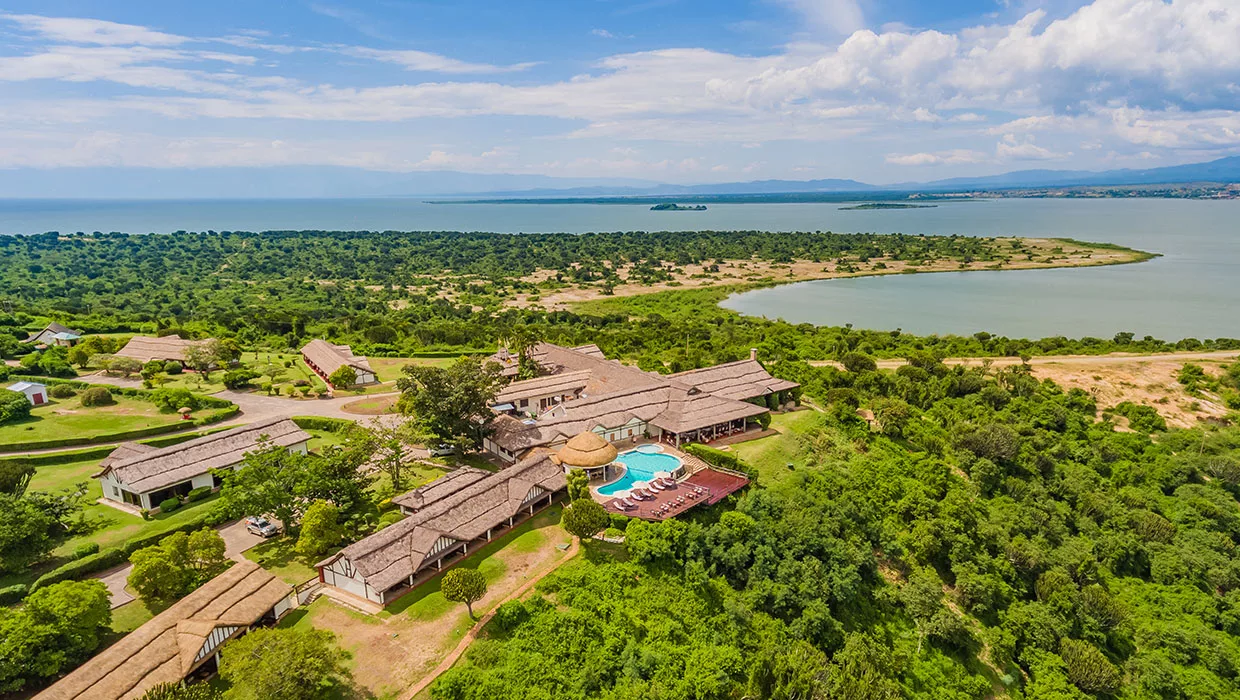
Mweya Peninsular in Queen Elizabeth National Park
March 21, 2023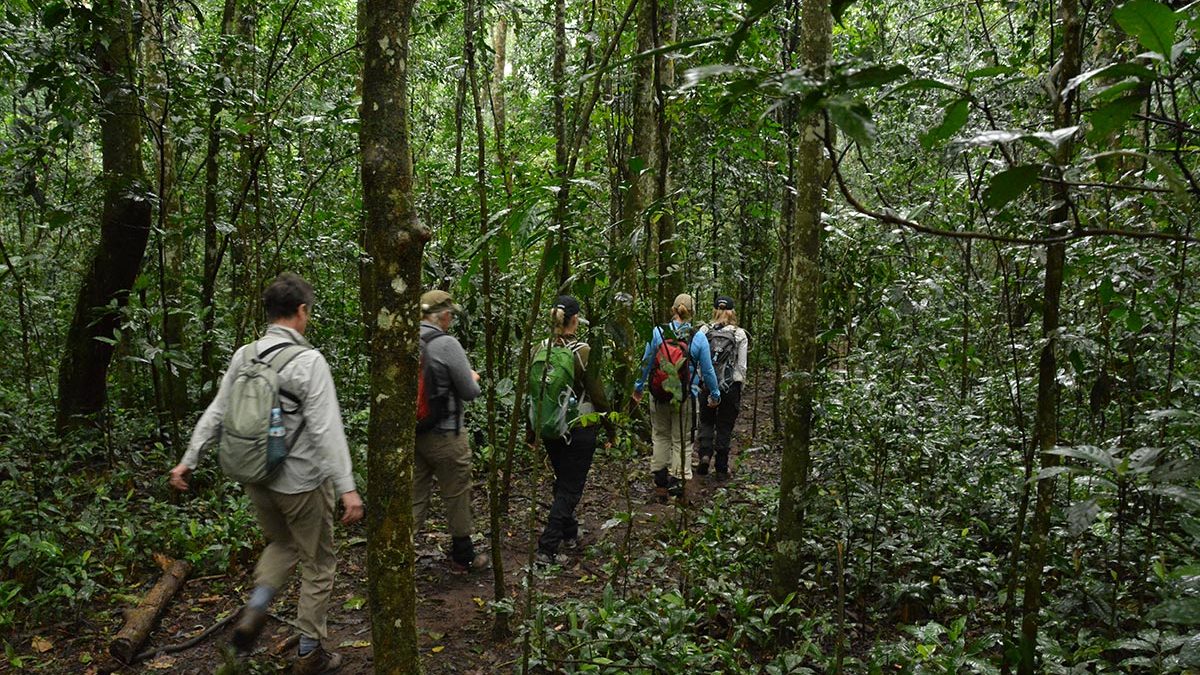
Guided Forest Walks in Kibale Forest National Park
March 25, 2023Lake George in Queen Elizabeth National Park
Lake George is located in Queen Elizabeth national park in Western Uganda. It covers a surface of 250 square kilometers and is at an altitude of 914 meters above sea level. The lake is named after the British royal family member Prince George who later became King George the fifth. The lake flows South West into Lake Edward through the Kazinga channel. Lake George’s surrounding areas are populated by Batooro, Bakonjo, Basongora, Banyampaka as well as Banyankore.
All these groups speak a language that is closely related to each other. Lake George is also known as Lake Katunguru because of its onion shape structure. It is believed that in 1875, Henry Morton Stanley was the first explorer to see the lake after following its course in the Katonga river from Lake Victoria on his trans-African expedition.
Henry Morton Stanley later named it the Beatrice gulf after the exploration plans came to be interrupted by the Bunyoro kingdom conflicts. Different rivers flow into Lake George and these include River Katonga, Mubuku, Dura from North East, Mpanga, and Nsonge from the Rwenzori mountains among others.
Activities on Lake George
Fishing
There are different types of fish on Lake George and mainly tilapia and this is sold to the local members in the neighborhood as well as other tourists who come to visit the area hence improving their standards of living.
Tourism
Most tourists travel to Lake George to see the beauty as well as the onion-like structure of the lake. In return, money generated from tourism, some percentage goes to the revenue sharing project whereby it is used to help in the construction of schools, and hospitals and access to clean water to the communities living around.
Birding in Queen Elizabeth National Park
Lake George is home to over 150 bird species and because the area is surrounded by papyrus swamps, most birds can be found around and these include the Great Blue heron, green-backed heron, and common loon pied-billed grebe among others. The rare shoebill stork can also be spotted on Lake George.
Game viewing
Because there is a papyrus swamp on the Northern shores, this is the best area to spot the sitatunga antelopes.
Boat ride
This is also a wonderful experience that helps you to get the best views of the lake and here you also get a chance to see aquatic birds as well as the flora and fauna of the area
Take a visit to the fishing villages as this helps you to connect with the local people as they share their history of fishing and how they have managed to survive over the years in this particular area. You can as well take part in preparing as well as sharing a traditional meal with the locals of this region on your visit to Lake George. Nature walks are conducted along the shores of Lake George whereby you get to see the breathtaking views of the lake and beyond.
Best time to Visit Lake George
The lake can be accessed at any time of the year though the best time to visit is during the dry months of the year that is from January to March and from June to September. However, bird lovers can opt to visit during the wet months that is March, April, May, October, and November. This is the best time to see many birds in this particular region.
Accessibility to lake George
By Road
From Kampala to Lake George is a 6hours drive through Mityana, Mubende, Fort Portal, and Kasese. Alternatively, tourists can use the Masaka Mbarara highway to connect to Lake George.
By Air
Tourists who don’t want to take long hours on the road can book charter flights from Entebbe International airport or Kajjansi airfield to Kasese airfield to connect to Lake George in Queen Elizabeth national park. Tourists can also land at the Mweya airstrip in the park where they can be picked up by their driver guide as they go to explore Lake George.
For a wonderful experience in Queen Elizabeth national park, tourists should have in mind that Lake George is one of the top tourist attractions in Queen Elizabeth and should put it on their bucket list on their trip to the Pearl of Africa.
Proposed Uganda Safaris Tour Holidays
- 3 Days Bwindi Gorilla Trek.
- 3 Days Chimp Tracking Tour
- 3 Days Chimpanzee Tracking Tour to Kibale.
- 3 Days Gorilla Trekking Tour to Bwindi
- 3 Days Uganda Wildlife Safari Tour.
- 3 Days Uganda Wildlife Tour
- 3 Days Wildlife Tour to Uganda.
- 3 Days Wildlife Uganda Trip to Murchison.
- 4 Day Gorilla Trekking Safari Tour
- 4 Days Gorilla Trekking Bwindi Forest.
- 5 Days Gorilla Trekking Safaris Uganda Trip
- 5 Days Murchison Falls Safari Uganda Tour.
- 5 Days Uganda Gorilla Trekking Trip
- 6 Days Wildlife Safari Trip to Kidepo Valley.
- 7 Days Best of Uganda Tour
- 7 Days Uganda Rwanda Gorilla Safari.
- 7 Days Uganda Wildlife & Gorilla Trip
- 7 Days Wildlife & Gorilla Trekking Uganda.
- 8 Days Uganda Mount Elgon Hiking Safari
- 10 Days Uganda Birding & Wildlife Tour.
- 11 Days Uganda Forest Birding Holiday Trip
- 12 Days Wildlife Safaris Tour in Uganda.
- 14 Days Best of Uganda Safari.
- 14 Days Bird Watching Trip in Uganda.


